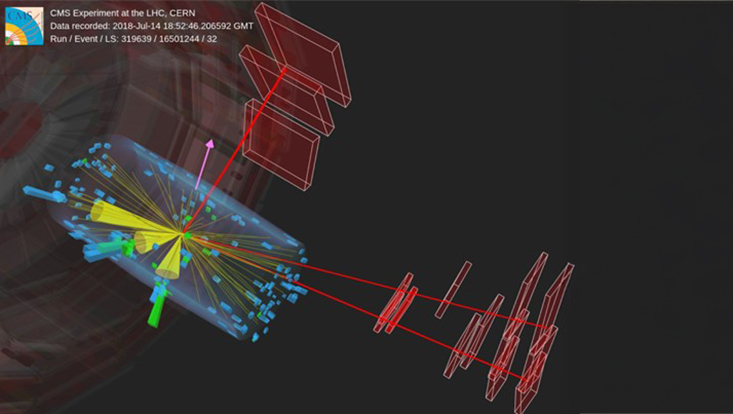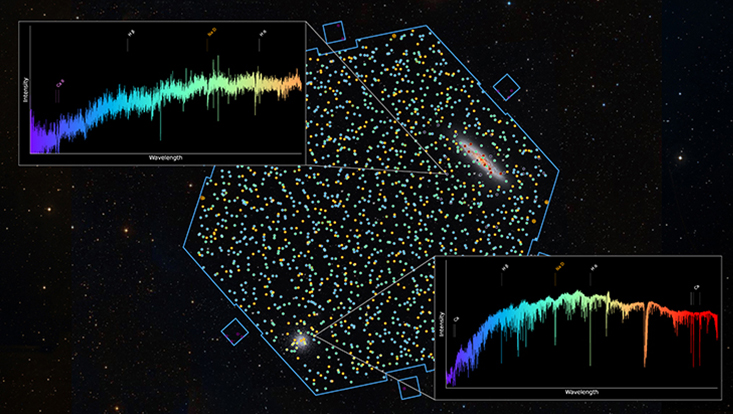and Natural Sciences
Calls to the University of Hamburg acceptedNew Professorships in Mathematics and Physics
25 July 2019, by Heiko Fuchs

Photo: privat/ISO K° photography
Dr. Oliver Gerberding has accepted the call for a W1 (Tenure Track W2) professorship for "Gravitational Wave Detection" and Dr. Julian Holstein followed the call for a W1 (Tenure Track W2) professorship for "String Geometry". Both scientists will contribute to the "Quantum Universe" excellence cluster of the University of Hamburg and strengthen the research focus "Particle, Astro and Mathematical Physics".
Dr. Oliver Gerberding works experimentally on the earthbound and space-based detection of gravitational waves. With innovative concepts in optical metrology, he will explore new laser interferometry concepts and evaluate the use of novel material processing methods for the construction of future detector systems.
Gerberding studied at Leibniz Universität Hannover and received his doctorate at the Max Planck Institute for Gravitational Physics. As a PostDoc, he did research at the University of Maryland in the USA and at the Max Planck Institute for Gravitational Physics in Hanover. He joined the Department of Physics at the University of Hamburg on August 1, 2019.
Dr. Julian Holstein's research interests cover the intersections of algebraic geometry, algebraic topology and higher category theory with a focus on derived algebraic geometry and homotopic algebra. The motivation for his work often comes from theoretical physics, especially string theory.
Holstein studied at the University of Cambridge and received his doctorate. He then did research at Christ's College at Cambridge University, at the Max Planck Institute for Mathematics in Bonn, and has been Senior Research Associate at Lancaster University since 2016. On October 1, 2019, Holstein will begin his work at the Department of Mathematics at the University of Hamburg.
These appointments strengthen the "Quantum Universe" cluster of excellence, which deals with fundamental issues relating to the origin, history and composition of the universe. What does Dark Matter consist of? What is the structure of space and time? What are the origin and history of our universe? To answer these questions, the research teams use methods from observational, experimental and theoretical research and combine basic research on particle physics and quantum field theory with questions from astronomy and mathematics.


